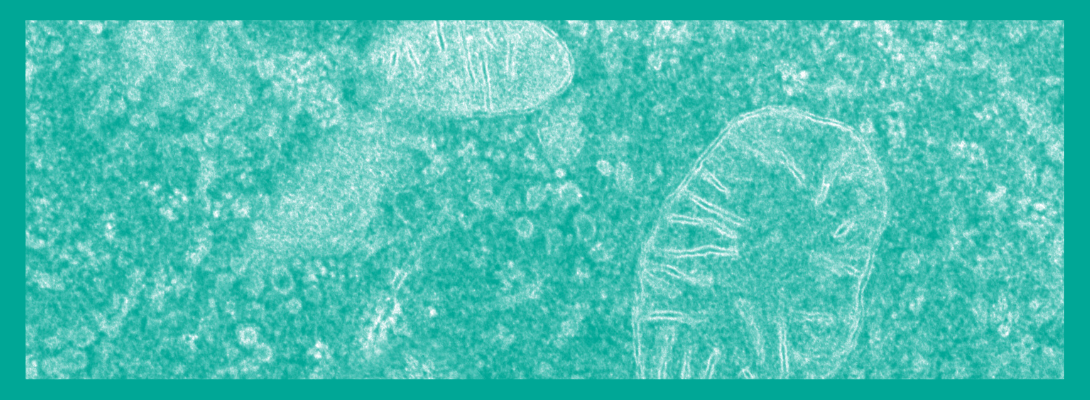What are Mitochondria and why are they important?
Mitochondria are capsule-shaped organelles (mini organs) found in most plants, fungi, and animal cells. The reason mitochondria are considered the powerhouse of the cell is because they generate 90% of the energy that fuels every single process in the cell, and every process in the human body including: growth, movement, homeostasis.
Homeostasis maintains the body’s internal environment, such as: temperature, acid, and alkaline levels, etc), and salugenesis. Salugenesis is explored in greater detail in another blog post, however it’s the body’s innate ability to heal and essentially repair itself.
So, we can safely say that without mitochondria there is no life, meaning no animal can survive without mitochondria with the apparent exception of a parasitic sea creature called H. salminicola, which was discovered in 2020 as the only animal without a mitochondrial genome. Other than the aforementioned parasitic blob, as far as we know, mitochondria is essential for life – humans can not live without mitochondria.
Mitochondria are also instrumental in: cell signaling cell growth, differentiation, proliferation, and death (or apoptosis), as well as regulating a number of metabolic pathways. Mitochondria are known to play an important role in the complex processes of aging and immune system regulation.
How Mitochondria create energy for the body
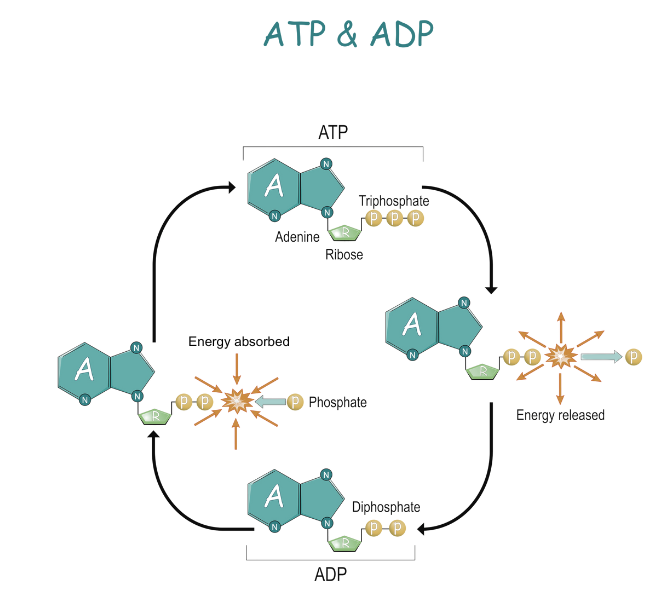
The Human Race owes its existence to Mitochondria
Muscles have more Mitochondria
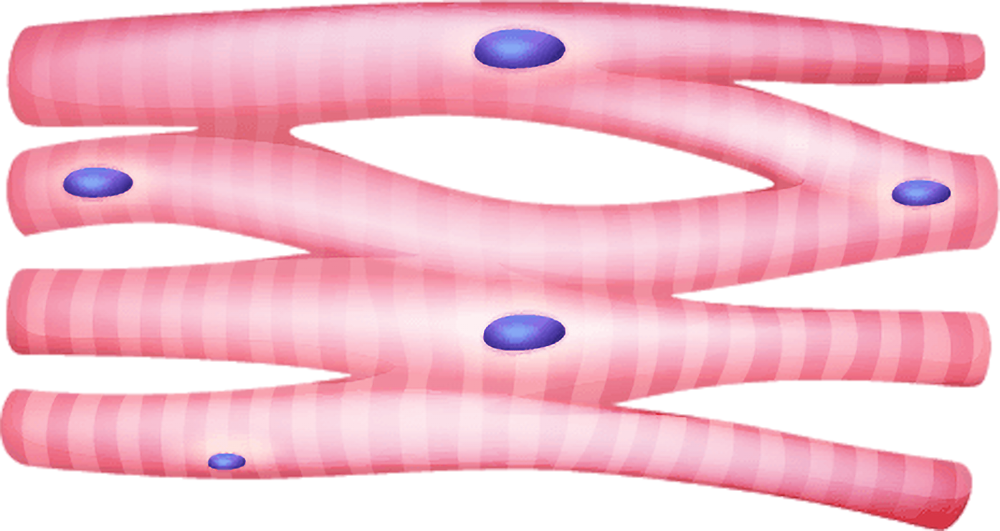
The only cells with no mitochondria are red blood cells. The hardest working muscle in the human body is the heart and accordingly, heart muscle cells have the most mitochondria with 40% of the cytoplasm in cardiac muscle cells filled with mitochondria. Here’s another fun fact: the muscles of hummingbirds contain the greater density of mitochondria of any known animal species.
Mitochondria replicate their DNA and split into two, either when more mitochondria are needed to generate more energy in a cell, or to maintain health by removing damaged parts via mitochondrial autophagy – “auto” meaning self and “phagy” meaning to eat, constitute the selective process of removing damaged or old cellular parts, and sometimes recycling them. Mitophagy refers specifically to the destruction of old, or dysfunctional mitochondria.
Mitochondria with damaged parts combine with others to rebuild more healthy structures and repaired mitochondria fuse with others to increase their capacity to generate more energy.
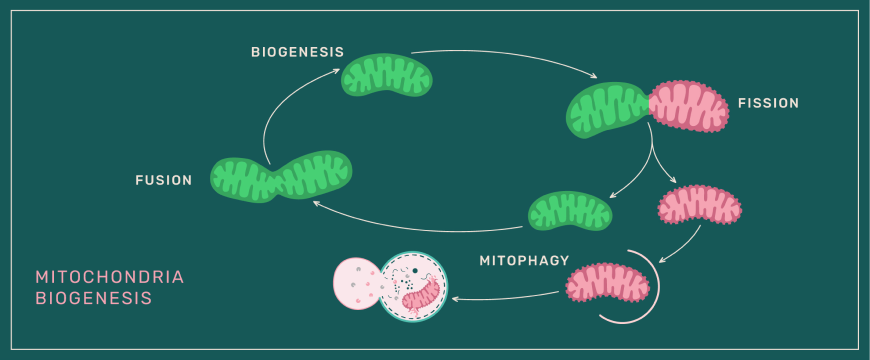
Mitochondrial biogenesis supports the production of new mitochondria during fission by triggering the production of more mitochondrial parts like proteins, lipids and mtDNA. Mitochondrial biogenesis and the number or density of mitochondria in the body reduces 10% every decade after the age of 21. This is a key contributor to aging.
Inner, Outer & Inter – it’s all about the membranes
Mitochondria have an outer membrane and an inner membrane. The space between the two membranes is the inter membrane space, and the space inside the inner membrane is the matrix.
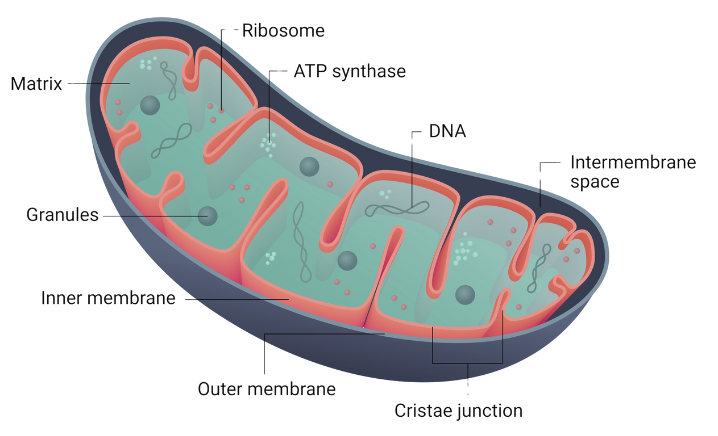
The outer membrane has porin channels, which are the channels that help facilitate the transfer of solute). They filter out large protein molecules and RNA while letting in small molecules and ions.
The inner membrane is not porous and molecules can only cross this membrane in special transporters. The inner membrane is where energy in the form of ATP is made. The folds, or cristae, in the inner membrane increase the surface area available for making ATP. More cristae means more ATP can be produced.
The matrix contains mitochondrial DNA with instructions for making proteins and enzymes that fuel chemical reactions.
Glycolysis, Krebs Cycle, Electron Transport Chain & Oxidative Phosphorylation
It all starts with food. When sugars and starches (polysaccharides), proteins and fats are digested into glucose, amino acids and fatty acids and transported via blood to every cell in the body.
- Glycolysis is a metabolic pathway that converts glucose, a type of sugar, to produce energy in cells. This process occurs in the cell’s cytosol and is converted into pyruvate and small amounts of nicotinamide adenine dinucleotide (NADH) and ATP. Pyruvates enter the mitochondria and are converted into acetyl coenzyme A (CoA). Similarly, fatty acids in the cytosol also enter the mitochondria and are converted into acetyl CoA.
- In the mitochondrial matrix, acetyl CoA goes through a number of chemical reactions called the Krebs cycle (aka The Citric Acid / tricarboxylic acid / TCA cycle) to generate a large amount of NADH.
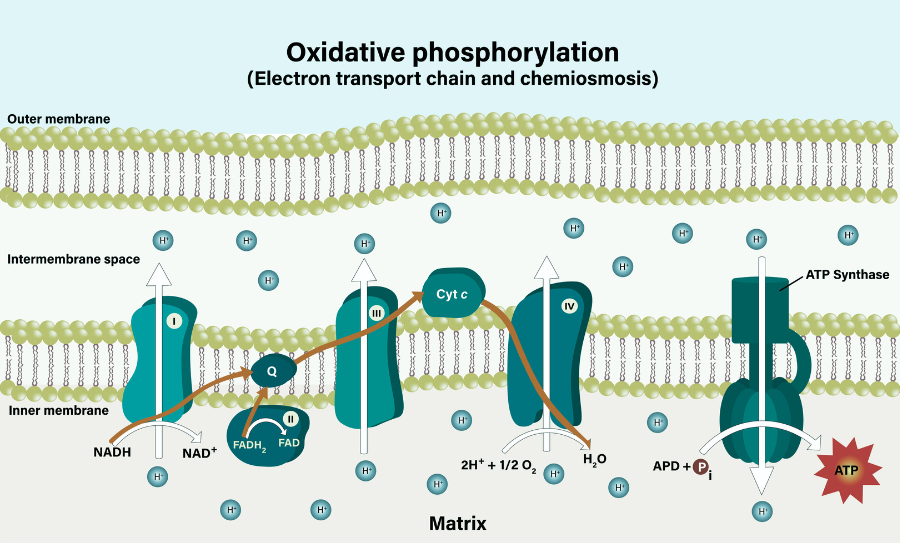
3. NADH molecules are unstable (high energy) and electrons from NADH are passed along the electron-transport chain – four large protein complexes within the inner membrane. ETC1, ETC3 and ETC4 pump protons (H+) out of the matrix and into the inter membrane space.
4. As pressure or potential energy builds up in the intermembrane space, protons are forced through ETC5, which act like a motor, catalysed by an enzyme called ATP synthase. Every turn of this motor generates kinetic energy that drives the synthesis of ATP from ADP. This process is oxidative phosphorylation.
| Process | Where it happens | What it uses | What it depends on | What it produces |
| Digestion | Gut | Sugars, starches, proteins, fats | Acids, enzymes | Glucose, amino acids, fatty acids |
| Glycolysis | Cell Cytoplasm | Glucose, NAD+, 2ATP | ATP | Pyruvate, NADH, 4ATP |
| Pyruvate Oxidation | Mitochondrial Matrix | Pyruvate | Moving pyruvate into Matrix | Acetyl coA, CO2 |
| Krebs Cycle | Mitochondrial Matrix | Acetyl coA, NAD+, FAD | O2 | NADH, FADH2, CO2, 1 ATP per turn of the cycle |
| Oxidative Phosphorylation | Electron Transport Chain / Inner Membrane / Cristae | NADH, FADH2, O2 | O2, ATP Synthase | H2O, 30 ATP |
Opened mPTPs damage Mitochondria
Mitochondrial permeability transition pores (mPTPs) are proteins in the inner membrane that open and close to send signals, release calcium and protect the mitochondria from oxidative stress. These porescan be damaged by insults, such as reactive oxygen species (ROS), calcium overload in the cytosol, depleted levels of ATP, insulin sensitivity, hyperglycemia, and inflammation. When this happens, the cristae can be damaged, ATP cannot be made, the number of mitochondria decline, cells die, and organs dysfunction.
Permanently open mPTPs have been associated with diseases, such as, cardiac ischemia, muscular dystrophies, stroke, diabetes, and neurodegenerative diseases like Alzheimers and Parkinsons.
How can we protect & produce more Mitochondria as we age?
As mentioned earlier in this article, normal aging results in a permanent loss of some mitochondria with every passing decade. Furthermore, changes also begin to happen in mitochondrial dynamics, such as the inhibition of mitophagy. This latter process results in the build-up of damaged mitochondria in the cells causing more damage to the other mitochondria and impairing cellular functions that would otherwise produce energy.
Protecting mitochondria from damage, increasing mitophagy, and producing more mitochondria are vital to generating energy for the body to operate efficiently and optimally. A daily diet rich in antioxidants plus aerobic exercise, strength training, or brisk walking for at least 30 minutes a day, at least 3-4 times a week can help.
Read Next
- Salugenesis – Body’s innate healing process
- How mitochondria battle chronic inflammation
- Impact of lifestyle & aging mitochondria on longevity and wellness



